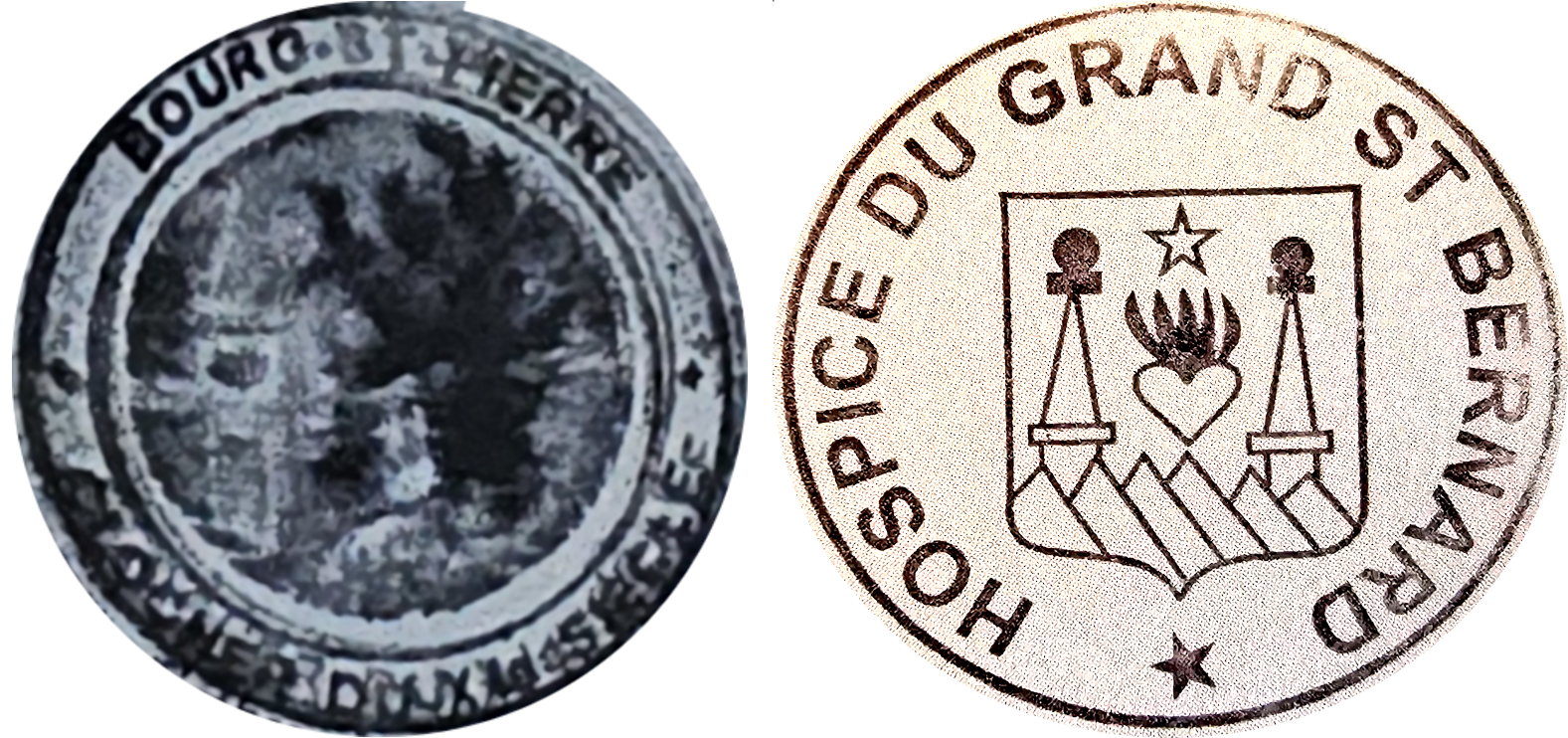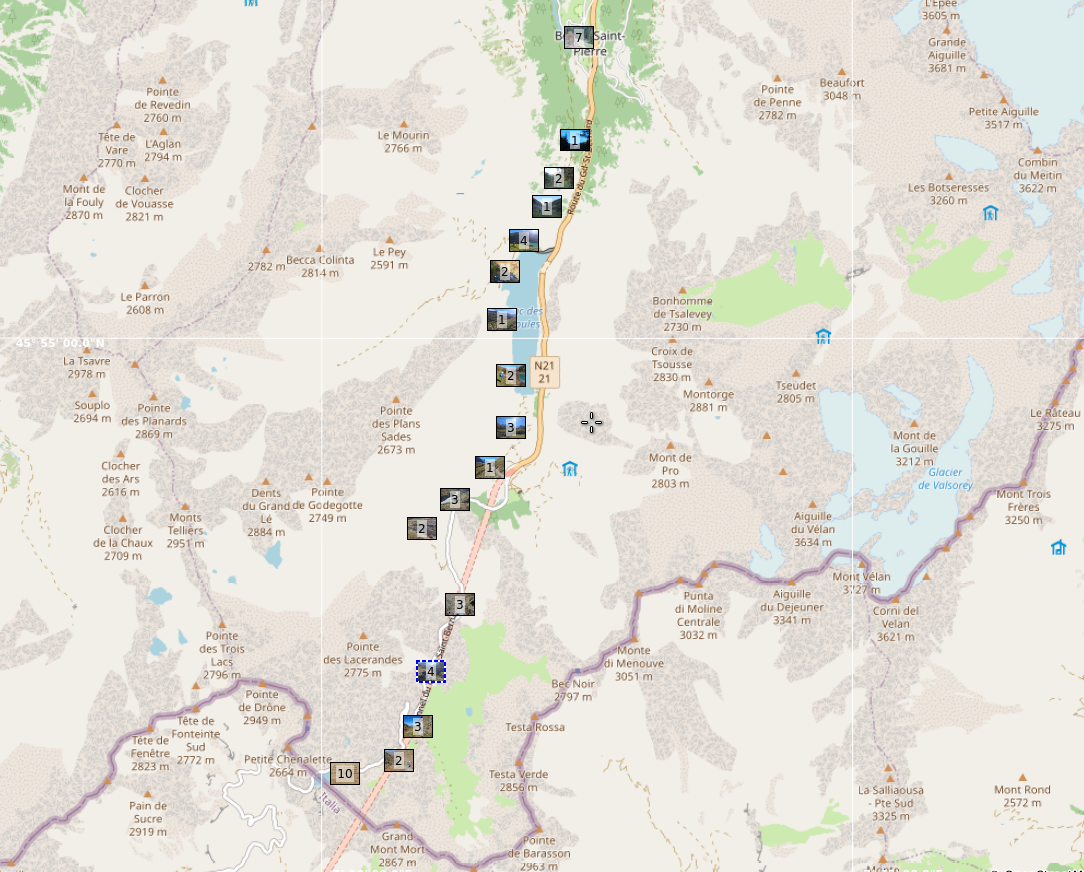THIS IS A WORK IN PROGRESS!
Today we woke up to see the full moon setting over the mountain,
for what is probably the most symbolic stage of the Via Francigena, on a way
that has been used by the whole of Europe for 2000 years.
We left Bourg-St. Pierre, as once Hannibal and his elephants, the troops of the Roman Empire,
Napoleon’s soldiers, and millions of pilgrims and traders had also done, and set of for a short downhill section
past the old village walls to the river
before setting off up to the dam.
After admiring the dam (as to be expected, the small cafe was closed),
we followed the attractive path with blooming alpine flora along the reservoir to the solar plant.
with the first floating solar plant in Switzerland at the far end.
Due to the altitude and the thinner air, the sun’s rays are particularly intense. and in addition the sun is reflected by the water and snow,
which is why the double-sided solar panels supply 50% more electricity than comparable systems in the lowlands.
We found a clearing by the river for a lunch break, and then continued the long uphill walk along the Dranse,
passing the entrance to the modern road tunnel and the ruins of some very old drystone farm buildings on the way.
The path continues to meander on the way towards the Great St. Bernard pass, sometimes above, sometimes below
and sometimes crossing the motor road over the pass. After some hours, we started to get tired, and paused for several breaks
as we kept hoping the hospice would come into sight. In fact, we only once glimpsed the hospice in the distance,
and it was not until the last difficult scramble up a steep slope that we suddenly arrived at the top next to the hospice.
We were welcomed into the hispice, shown our rooms, and after mass enjoyed a meal with half a dozen other guests.
St. Bernard founded the hospice, located at an altitude of 2,469m around 1050, and is the third highest pass in Switzerland.

